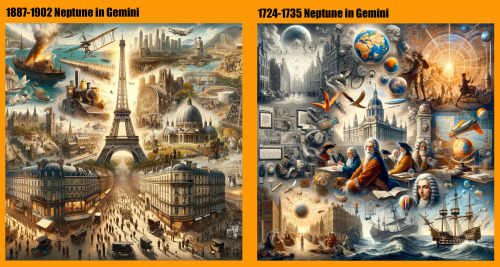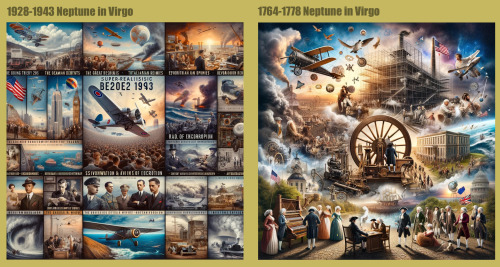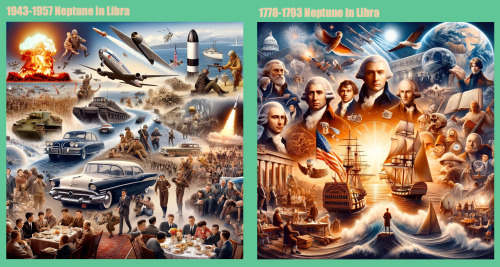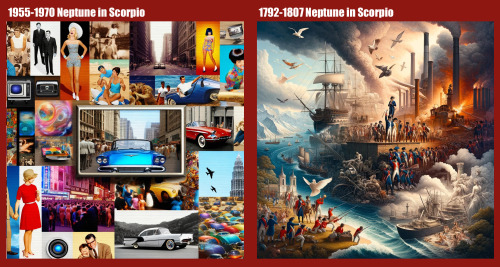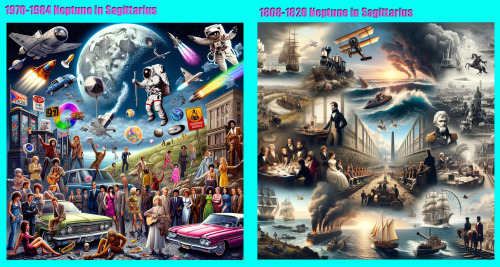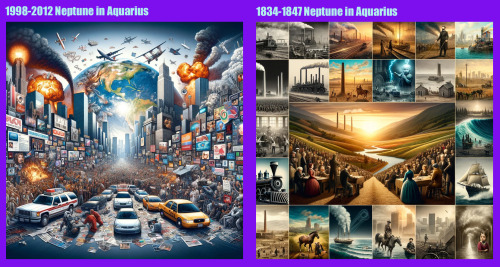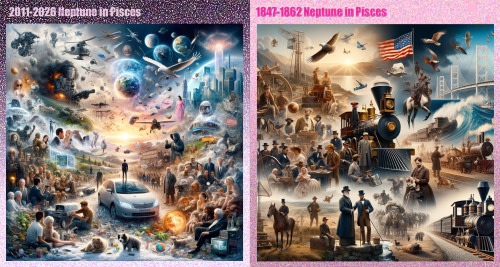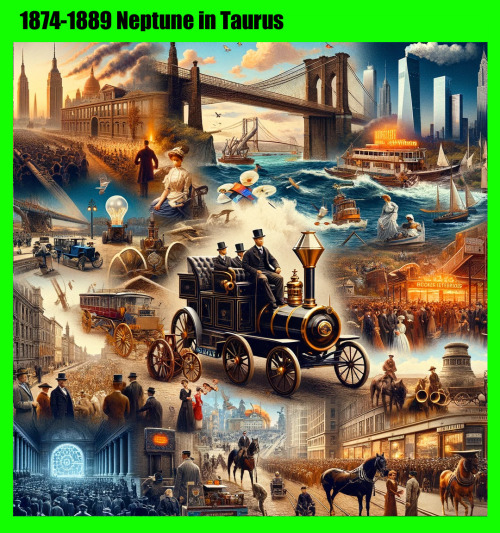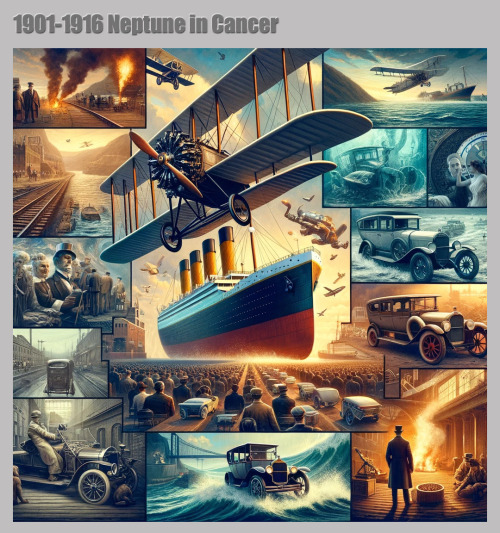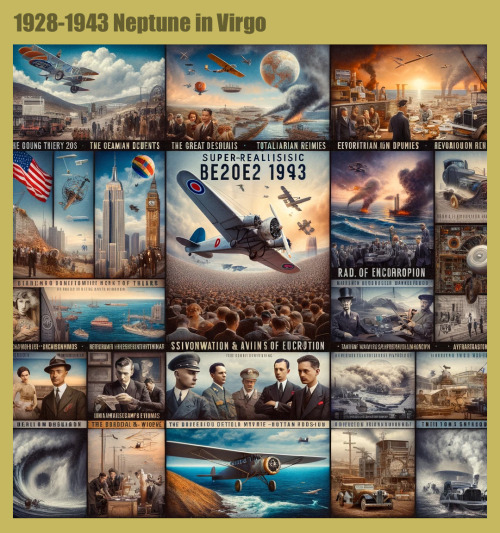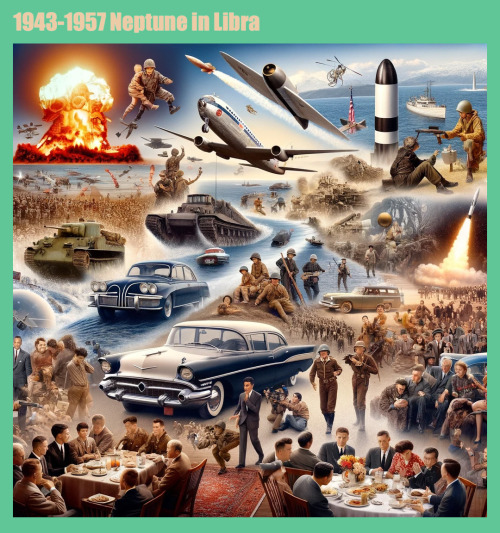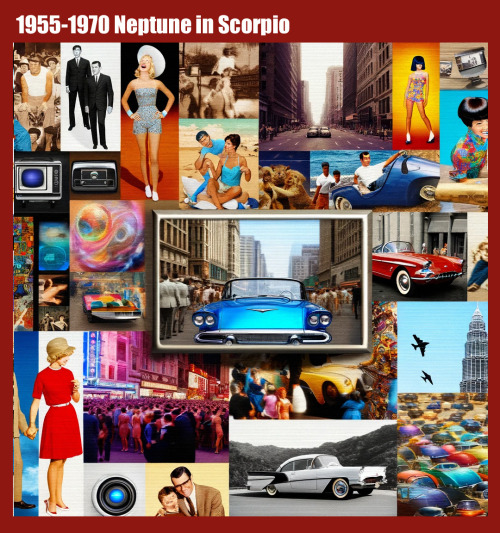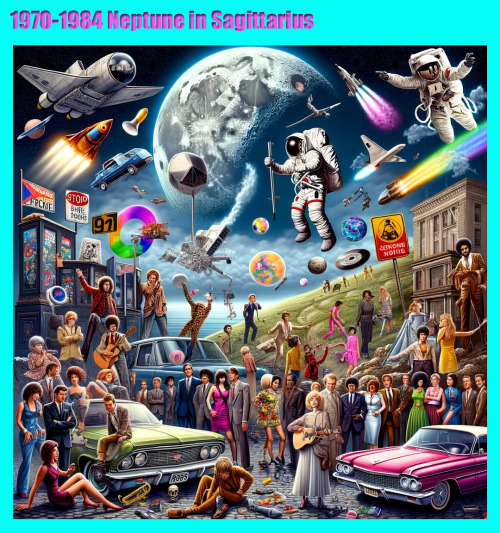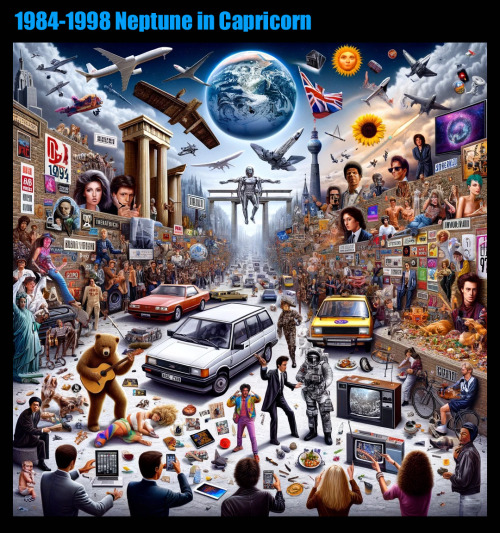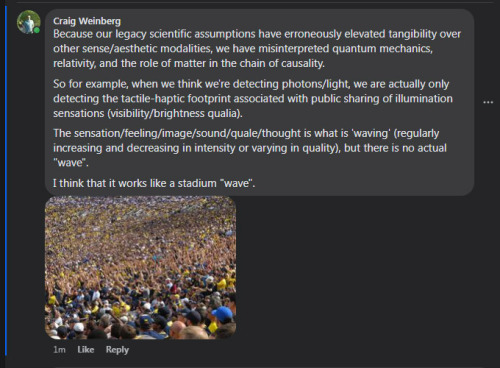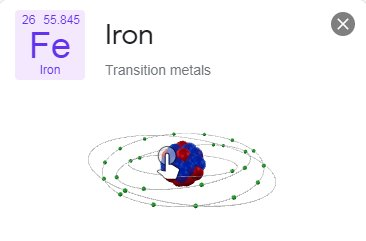I extended my AI image project to the previous Neptune cycle as well. Not sure if that was as successful, but kinda cool nevertheless.
https://s33light.substack.com/
Using my hypothesis of generational identification by astrological sign of transiting Neptune, I plugged the years into this prompt:
“please create a super-realistic photo collage of what the world was like between the years y1 and y2”
The results are wonderful/terrifying.
Generation Sign y1-y2
__________________________
Pioneer ♈︎ Aries 1861-1875
Missionary ♉︎ Taurus 1874-1889
Lost ♊︎ Gemini 1887-1902
Interbellum ♋︎ Cancer 1901-1916
Greatest ♌︎ Leo 1915-1929
Silent ♍︎ Virgo 1928-1943
Boomer ♎︎ Libra 1943-1957
Gen X ♏︎ Scorpio 1955-1970
Xennials ♐︎ Sagittarius 1969-1984
Millennials ♑︎ Capricorn 1984-1998
Gen Z ♒︎ Aquarius 1998-2012
Gen Alpha ♓︎ Pisces 2011-2026
Enjoy!


